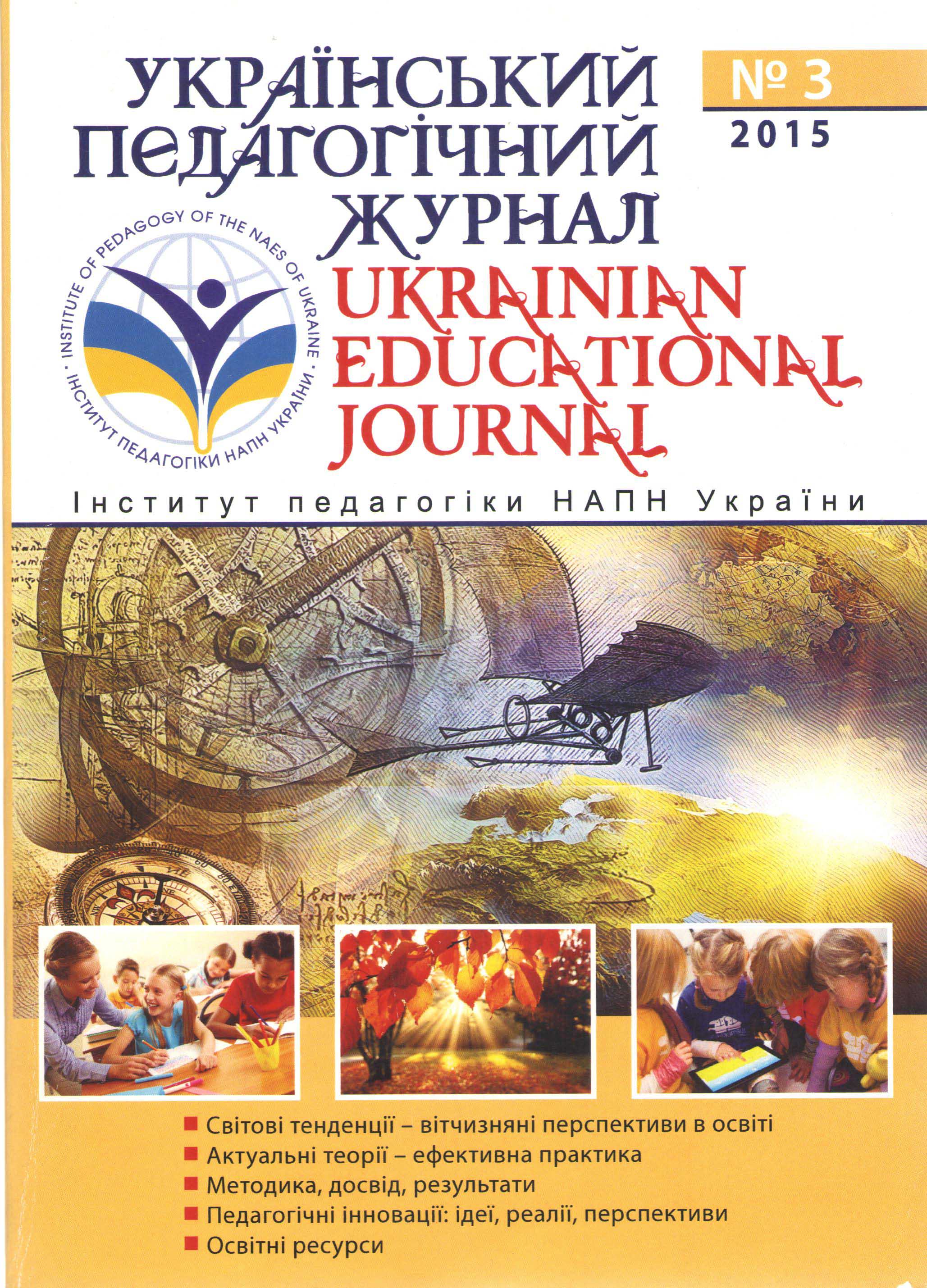Abstract
In the article, the slogan “Programming as the Second Literacy”, which determined the introduction of this subject in school, was relevant and met the requirements of that time. However, nowadays this slogan remains in the past. Today, computer literacy is, first of all, the awareness of various information technology means. Modern science cannot exist without information technology. In spite of this, it cannot also exist without algorithms and programming that have been, are and will be the platform and the theoretical foundation of informatics as a science. The State Standard for the basic and the secondary education, approved by the Cabinet of Ministers of Ukraine on November 23, 2011 under №1392, provided the necessary conditions in order to make the subject ensure the efficient science teaching and satisfying the needs of the information society. However, the content planning is the best way to provide these conditions. In particularly, in the training program not enough attention is paid to algorithms and programming that are directly related to the profession of a programmer. The demand for programmers in the world is growing. Furthermore, this demand is not just for programmers, but for programmers of a high professional level. In most cases, it is predetermined by economic circumstances. The software development is a highly profitable sector of the state economy. Due to its specificity, software industry requires substantial capital and state investment; it does not demand any expensive natural resources and contributes to the development of the national economy as innovative and export-oriented one. The conducted analysis of the informatics curriculum content demonstrates that in the secondary schools, only 33 hours out of 245 ones are spent on algorithms and programming accounts, in other words, about 13% of the total number of hours on the subject are spent. During this time, it is impossible to learn the basic principles of algorithms and programming at the level of consciousness. It is suggested to spend at least 30% of the total number of hours on this subject. It is also proposed to retain the teacher’s right to choose a programming language, which is a basis for the study of the fundamental algorithmic design.

This work is licensed under a Creative Commons Attribution-NonCommercial-NoDerivatives 4.0 International License.

